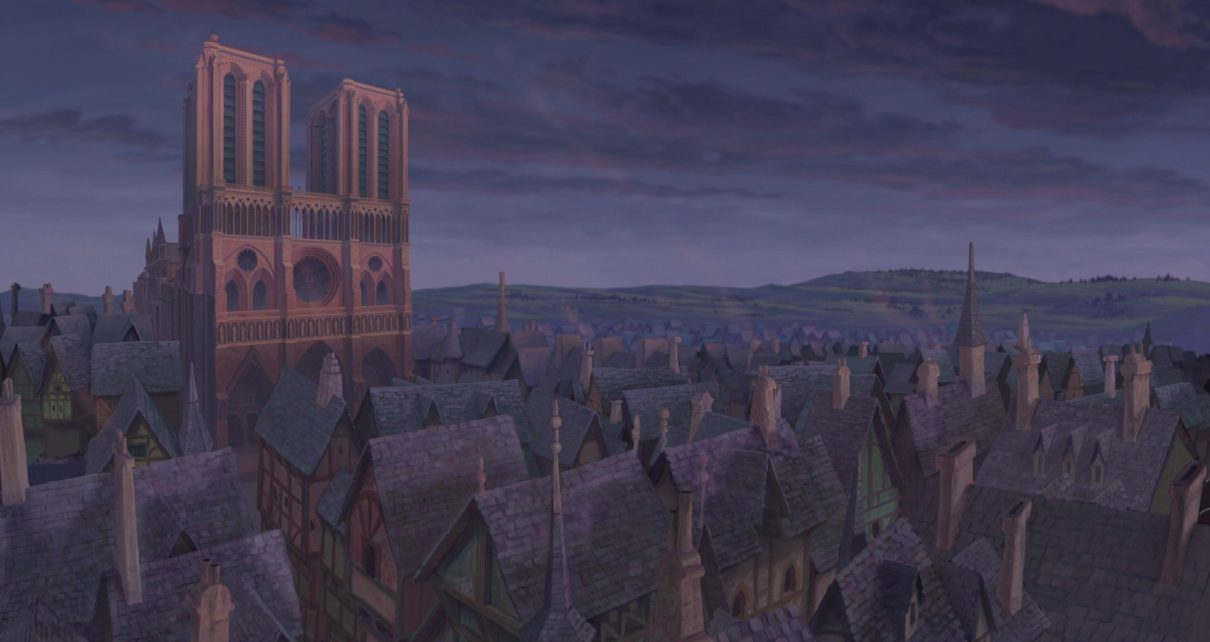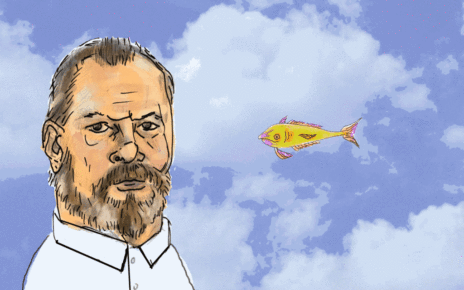At its best, animation is just like fiction—it can show the truth behind things and ideas in a way that live-action, and nonfiction, can’t. No matter the beauty of the camera angles, it’s unlikely that any film or photograph could have captured the sheer awesome grandeur of Notre-Dame de Paris in the way that Disney’s 1996 adaptation of Victor Hugo’s The Hunchback of Notre-Dame did by reinterpreting the building’s majesty in detail with its shadowed, dusky tones of purple and pink and blue.
In Hunchback, too, the building stood for something: sanctuary. It was meant to serve as a safe place for all, no matter their creed or color. Even its living stones, the gargoyles, were made of warmth and welcome.
As Paris and France move to rebuild from yesterday’s devastating fire—the worst in the cathedral’s history—it has become clearer that Disney’s film may well stand as one of the most significant visual representations of the cathedral in popular culture. The film, like humanity itself, is far from perfect. But at its best, it’s a reminder of the beauty humanity is capable of in times of horror and fear. It’s a reminder of the meaning behind the beauty we can wring out of centuries of brutal labor and institutions, like the Roman Catholic Church itself, that fail us. It’s a reminder of what life should really about: creating beauty together, welcoming all under its roof, and calling it home.
Thanks for reading The Dot and Line, where we talk about animation of all kinds. Don’t forget to follow us on Twitter and sign up for our newsletter.





